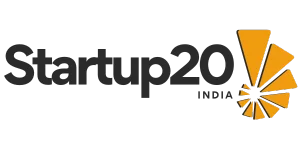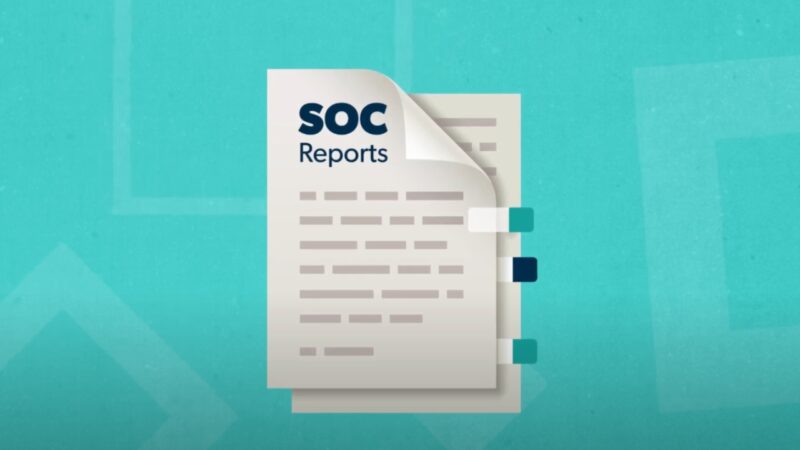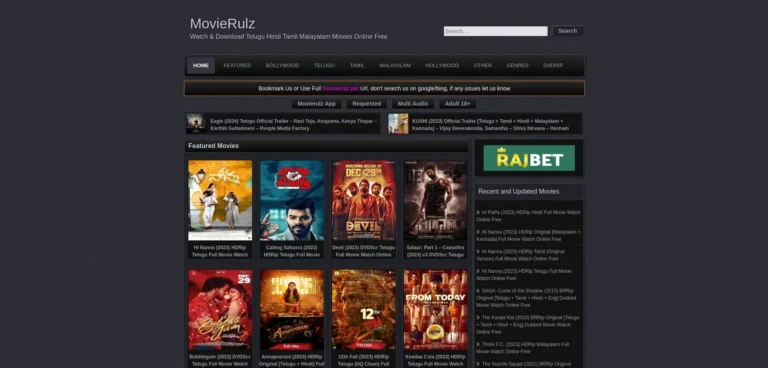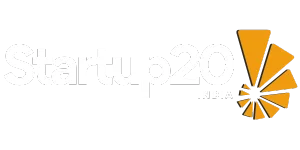If you’re working on data security for your service organization, it’s important to understand the differences between SOC 1 and SOC 2 reports.
SOC 1 focuses on internal controls over financial reporting.
It’s essential for clients and their financial auditors who need assurance about financial processes.
On the other hand, SOC 2 is aimed at a broader audience and focuses on operational controls and data protection practices.
It evaluates the security, availability, processing integrity, confidentiality, and privacy of data.
This makes SOC 2 particularly important for service providers like cloud services and IT companies.
Choosing between SOC 1 and SOC 2 depends on your organization’s specific needs.
For financial integrity, SOC 1 is necessary.
For comprehensive data security, SOC 2 is more relevant.
Table of Contents
ToggleThe Purpose of SOC Reports
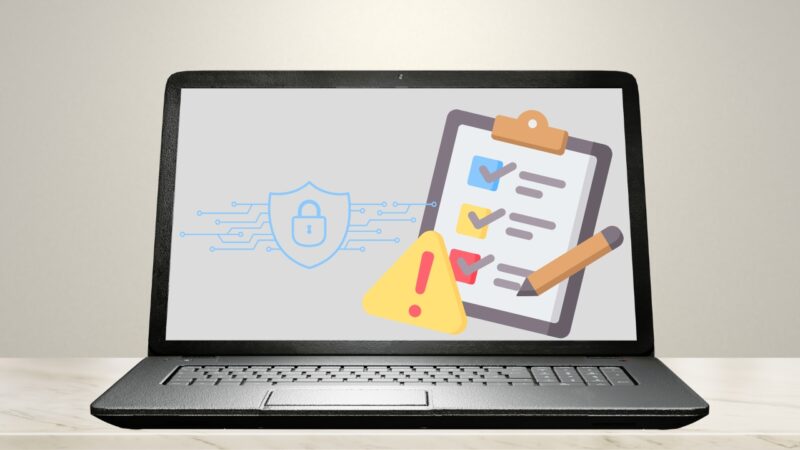
SOC reports aim to ensure the controls an organization has in place.
- SOC 1 reports focus on the internal controls relevant to financial reporting. This type aids financial auditors in evaluating the credibility of financial statements.
- SOC 2 reports, on the other hand, address a broader range of controls related to security, availability, processing integrity, confidentiality, and privacy. This makes SOC 2 particularly important for organizations handling sensitive customer data and needing to demonstrate compliance with rigorous security standards.
Both report types help build trust with clients, regulators, and other stakeholders by independently verifying that the organization maintains robust control mechanisms.
Types of SOC Reports
There are two main types of SOC reports: SOC 1 and SOC 2.
SOC 1 reports are designed for organizations whose services impact their clients’ financial reporting. It ensures that the necessary internal controls are in place to support accurate and reliable financial data. These reports are crucial for financial auditors and organizational stakeholders needing assurance about financial transaction integrity.
SOC 2 reports are divided into two categories: Type 1 and Type 2.
- Type 1 assesses the design of security controls at a specific point in time.
- Type 2 evaluates the operating effectiveness of these controls over a period. These reports cater to clients, regulators, and stakeholders concerned with an organization’s ongoing commitment to operational controls and data protection practices. They are particularly valuable for companies providing IT, data management, and cloud services.
SOC 1 Overview

SOC 1 stands for System and Organization Controls 1. It is designed to evaluate and report on internal controls over financial reporting (ICFR). The primary objective is to assure clients and stakeholders that a service organization’s controls are effective in managing and maintaining the confidentiality, integrity, and accuracy of financial data.
Key objectives include:
- Verifying control activities related to the accuracy of financial data.
- Ensuring processes are in place to prevent fraud.
- Assessing risk management procedures around financial reporting.
SOC 1 is crucial in maintaining trust between service organizations and their clients, particularly where financial integrity is concerned.
Key Components of SOC 1 Reports
Other components of SOC 1 reports may include:
- Management Assertion: A statement from the service organization’s management attesting to the design and operating effectiveness of controls.
- Description of Controls: Detailed descriptions of the control environment, including specific procedures and policies.
- Independent Auditor’s Opinion: An assessment from an external auditor, offering an objective perspective on the effectiveness of the controls.
Who Needs a SOC 1 Report?
SOC 1 reports are essential for any service organization that handles or impacts clients’ financial reporting. This includes industries such as:
- Payroll Processing: Ensuring accurate and reliable payroll data for clients.
- Financial Services: Banks and investment firms need to assure their clients about internal financial controls.
- Healthcare Providers: Organizations managing financial transactions related to patient billing and insurance claims.
Moreover, clients and their financial auditors rely heavily on SOC 1 reports to validate the accuracy and integrity of the financial information provided by these service organizations.
SOC 2 Overview
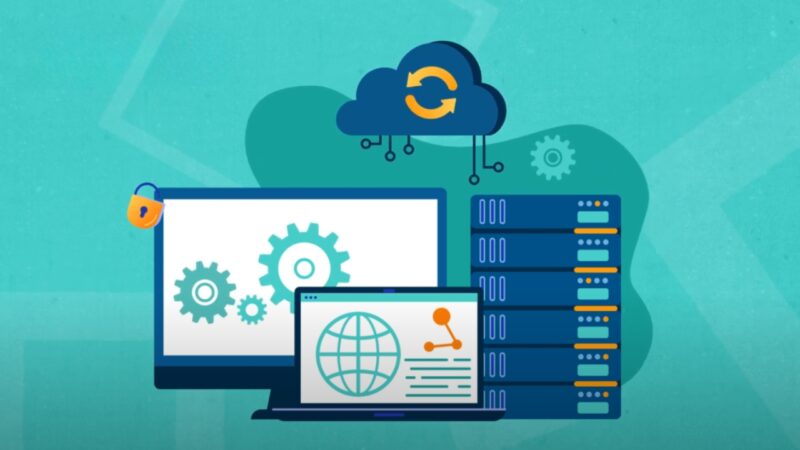
SOC 2 stands for Service Organization Control 2. It evaluates the controls at a service organization that are relevant to security, availability, processing integrity, confidentiality, and privacy.
Unlike SOC 1, which focuses on financial reporting, SOC 2 is more comprehensive and applies to technology and cloud computing companies. The main objectives include demonstrating a commitment to data protection and providing assurance to stakeholders.
Five Trust Service Criteria
SOC 2 compliance is based on five Trust Service Criteria:
- Security: Protecting information from unauthorized access.
- Availability: Ensuring the system is available for operation and use as committed.
- Processing Integrity: Guaranteeing that system processing is complete, valid, accurate, and authorized.
- Confidentiality: Protecting confidential information from unauthorized disclosure.
- Privacy: Handling personal information with a focus on privacy principles.
Who Needs a SOC 2 Report?
Any organization dealing with sensitive customer data should consider obtaining a SOC 2 report according to compassitc. This includes SaaS providers, data centers, and technology companies. Clients, regulators, and other stakeholders often require this report to ensure the organization meets strict data security and privacy standards.
Comparing Both of Them
- SOC 1 centers around financial reporting, focusing specifically on the controls relevant to financial transactions. It examines the design and operational efficacy of these controls. Organizations use SOC 1 to demonstrate compliance with financial regulations and accuracy in financial reporting.
- SOC 2 targets broader aspects of information security, specifically around the Trust Services Criteria, which include security, availability, processing integrity, confidentiality, and privacy. Unlike SOC 1, SOC 2 also encompasses IT controls beyond financial data, making it essential for organizations needing assurance over data protection and privacy.
Required Controls and Frameworks
SOC 1 reports require controls that align with financial reporting standards, ensuring the integrity and accuracy of financial data. These controls might involve transaction processing, financial audit trails, and segregation of duties within financial functions.
For SOC 2, controls are based on the Trust Services Criteria as per sprinto. These include but are not limited to encryption, access controls, network security measures, and incident response procedures. The extensive nature of SOC 2 controls illustrates a commitment to safeguarding data across various IT environments.
SOC 2 reports also involve continuous monitoring and periodic testing to validate the operational effectiveness of these controls. This often involves frameworks like COSO or COBIT to provide structured guidance on implementation and assessment.
Intended Audience
This usually involves auditors, regulators, and financial stakeholders who need assurance that an organization’s financial data is managed properly and that financial statements are accurate.
SOC 2 reports, on the other hand, cater to a different audience. This includes business partners, clients, and any other stakeholders who require assurance that an organization’s data management practices meet high standards of security and privacy. Service organizations particularly benefit from SOC 2, as it enhances their reputation and trustworthiness in handling sensitive data.
Determining Which Report You Need

A company handling financial transactions or related data should consider a SOC 1 report, which evaluates controls over financial reporting. In contrast, businesses focused on non-financial data, such as customer information security and privacy, should opt for a SOC 2 report.
SOC 2 reports are versatile, suiting companies offering services like cloud storage, SaaS, or any service involving data protection and operational controls.
Regulatory and Compliance Needs
Regulatory requirements and industry standards also guide the choice between SOC 1 and SOC 2 reports. Financial services often require SOC 1 reports to comply with financial auditors’ needs. In contrast, sectors such as healthcare or technology may need SOC 2 reports to meet data security regulations like HIPAA or GDPR.
Organizations should consult with legal and compliance teams to ascertain the obligatory standards and opt for the report that aligns with those mandates.
Client and Stakeholder Expectations
Financial auditors and clients expecting assurance regarding financial reporting typically prefer SOC 1 reports. Conversely, clients interested in operational controls, data protection, and privacy will look for a SOC 2 report according to PwC.
SOC 2 reports cater to a broader audience, including customers, partners, and regulatory bodies, affirming the organization’s commitment to safeguarding data against unauthorized access and breaches.
Critical Aspects for Data Security

These principles ensure that organizations implement rigorous controls to protect sensitive information.
The scope of SOC 2 extends beyond financial data, covering the protection of customer data used in daily operations. By focusing on various aspects of data security, SOC 2 provides a comprehensive framework for safeguarding data against breaches and malicious activities.
Ensuring Compliance
Clients and partners often require assurance that their data is managed according to high-security standards. Obtaining a SOC 2 report demonstrates a commitment to stringent data protection standards.
Organizations adopting SOC 2 must undergo regular audits to verify that security controls are effectively implemented. This compliance not only meets regulatory requirements but also builds credibility with auditors, regulators, and clients. Ensuring compliance with SOC 2 thus becomes an essential part of an organization’s governance and risk management strategy.
Maintaining Customer Trust
Transparency in the compliance process shows a proactive approach to data security.
By actively demonstrating their commitment to data protection, organizations can build stronger relationships with their customers. Trust is further enhanced when customers know that their sensitive information is handled with the highest level of care. Consequently, organizations that prioritize SOC 2 compliance often see increased customer loyalty and satisfaction, which can be a significant competitive advantage.
Leveraging SOC Reports for Improved Security
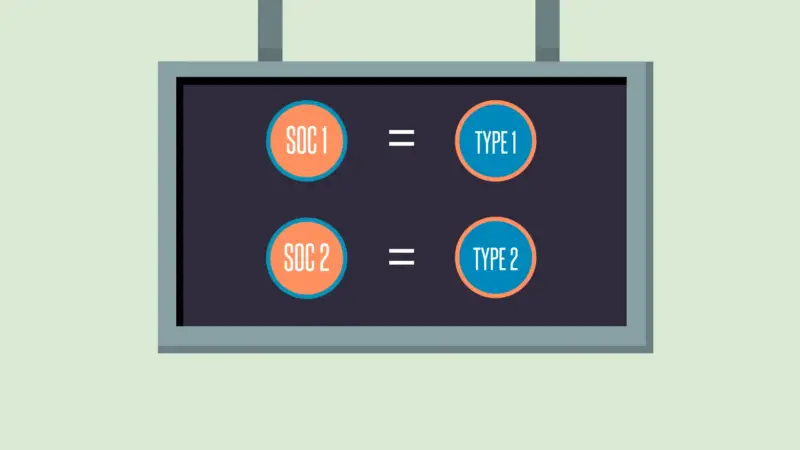
Regularly reviewing these reports enables businesses to identify potential weaknesses and areas needing improvement.
This helps maintain robust security postures. Automated tools and real-time monitoring systems can facilitate adherence to control frameworks. This adaptability ensures businesses remain aligned with evolving security standards and threats.
Regular updates, based on findings from SOC reports, improve the resilience of an organization’s security infrastructure.
Educating Employees and Management
These reports highlight specific areas where employees can enhance their adherence to security policies and procedures.
Organizations should invest in training programs that focus on the key findings of SOC reports. This helps in bridging knowledge gaps and fostering a security-conscious culture.
Management also plays a critical role in implementing the recommendations from SOC reports. They need to lead by example and ensure that the organization’s strategic goals align with security priorities. Workshops and seminars can be useful for keeping both teams informed and engaged.
Strategic Security Planning

They provide the necessary data and analysis to help organizations design effective security strategies.
Incorporating insights from SOC 1 and SOC 2 reports into strategic planning helps in prioritizing investments in security technologies and processes. Decision-makers can make informed choices about allocating resources to the most critical areas.
Advanced SOC reports support proactive rather than reactive security measures. Regular review cycles can be established to integrate these insights into ongoing planning efforts. This methodical approach ensures that security remains a key focus area within the organization’s broader strategic objectives.
